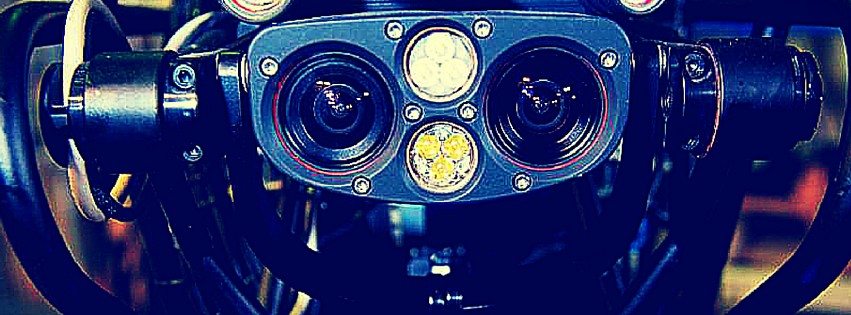
The original Star Wars film is nearly 40 years old – but the hologram buzz the films inspired has never settled down. In recent years some researches want to bring Dante back in 3D.
In October, we wrote about a South Florida businessman whose company lets you give your own eulogy via hologram. In the article, we wondered how this sort of pseudo-presence at one’s own funeral might change our relation to reality, for better or worse. Should funerals be ceremonies of solemn remembrance or holographic resurrection? Is physical presence inherently more valid than mental or emotional presence? These are the sort of questions philosophers have grappled with for ages; questions that are all the more significant today.
Well, a team of Japanese scientists from the Digital Nature Group – including researchers at the University of Tsukuba, Utsunomiya University, Nagoya Institute of Technology, and the University of Tokyo – have helped obfuscate this relationship with reality even further by developing holograms we can feel. (If you can feel a broadcast hologram of your friend, is she really there?) Using super short laser pulses that last just one quadrillionth (i.e. one millionth of one billionth) of a second, the “Fairy Lights” technology can be programmed to shape shift when physically interacted with.
How do these unfathomably brief pulses create the sensation of touch? At the super short intervals – known as femtoseconds – the Fairy Lights technology ionizes the air at a specific point, rapidly turning that point into plasma. The plasma burst doesn’t exactly feel like silk. In fact, Dr Yoichi Ochiai, who leads research in these tangible holograms, told Popular Science the sensation feels something like sandpaper. Apparently others compared the plasma holograms to static.
The basics of the Fairy Lights technology isn’t wholly new. Aerial Burton Inc. – a Japanese company that claims to have developed the first technology to create and display aerial laser plasma – have been doing something similar for years; however, Aerial Burton’s pulses last for about a nanosecond, which is one million times longer than the duration of the Fairy Lights pulses. This difference means Burton’s floating plasma contains a lot more energy and is subsequently hot to the touch. It would actually burn an interacting hand. So though they generate gorgeous designs, Burton’s technology is impractical – and even potentially painful – for any tangible tasks.
Meanwhile, the femtosecond laser technology developed by Dr Ochiai and his team reduced the power needed to create the images such that they could be practically – if not completely comfortably – handled. The sandpaper-slash-static sensation described above doesn’t sound like something you want to pet but it illustrates the potential use of such tangible holograms.
To be sure, the main advantage of Fairy Light technology is its ability to be interacted with and directed to change patterns – a feature which grants new meaning to “touch sensitive”. As the video above depicts, a slight touch on a heart pattern splits the heart in half to form two new patterns. The pre-programmed shapes are modest but the technology enables dynamic and fluid changes.
But Fairy Lights holograms may have more to offer than just pattern changes. Touch is one of our key senses and substantiates our perception of a things presence. It’s one thing to interact with a hologram of a distant person. It’s another thing entirely to hug a hologram of a loved one.
This responsive nature of Fairy Lights holograms could see the technology applied to anything from entertainment to medical training. Their tangible nature could see them in intimate circumstances. This will still take some time though. Current Fairy Lights holograms measures about 1cm cubed – but Ochiai and his team are sure their displays can be scaled up meaning we may soon see interactive holographic displays in our everyday lives.
Credits: Disney, Digital Nature Group








